
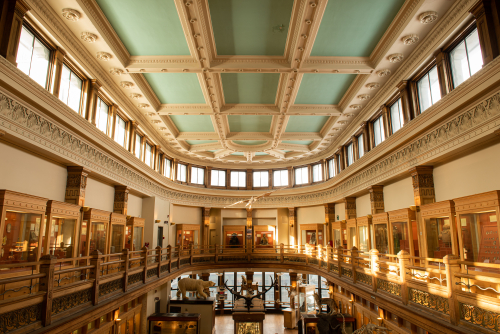
What to look for on this floor?
Hominid Evolution
What makes us human?
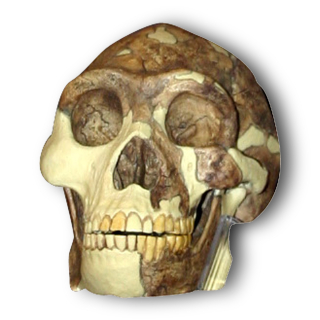 The first section of the 3rd floor is dedicated to an overview of hominid evolution. Discover the changes in physical characteristics in human species like Australopithecus afarensis, Homo habilis, Homo erectus, Neanderthal and modern humans. Learn about the diversity of the human family tree through our collection of replica skulls belonging to our ancient relatives.
The first section of the 3rd floor is dedicated to an overview of hominid evolution. Discover the changes in physical characteristics in human species like Australopithecus afarensis, Homo habilis, Homo erectus, Neanderthal and modern humans. Learn about the diversity of the human family tree through our collection of replica skulls belonging to our ancient relatives.
Physical traits are not the only thing that makes us human. Behavior and culture also make human species unique. For example, the perfection of making and using tools is one of the things that sets humans apart from other species. On display you will find a selection of stone tools, which provide evidence of how early humans lived, innovated and made objects. Different artifacts in our display include points, scrapers, hand axes, blades, and hammer stones dating as far back as 2.6 million years ago.
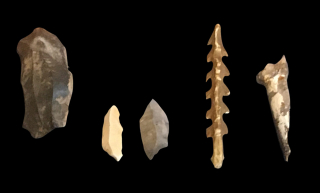
World Cultures
The World Cultures Gallery was designed to celebrate cultural diversity through the presentation of material from McGill University’s exceptional collections. During your visit, you will discover objects from Africa, Asia, the Mediterranean, the Middle East, Oceania and the Americas dating from the Paleolithic to the 20th century.
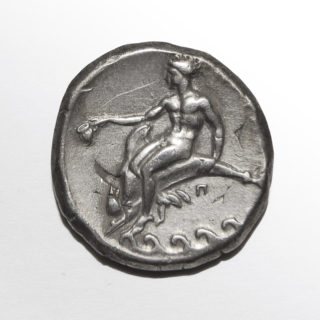
Our displays address various historical and cultural themes inspired by the collections, such as early writing systems, ancient coins, Graeco-Roman theatre, Sri Lankan eye treatment and medical practice, Chinese dentistry, betel and kava use in the South Pacific, fieldwork in Papua New Guinea and African musical instruments. The exhibits are also meant to explore important questions relating to object identification, authenticity in the museum setting, and the tourist market.
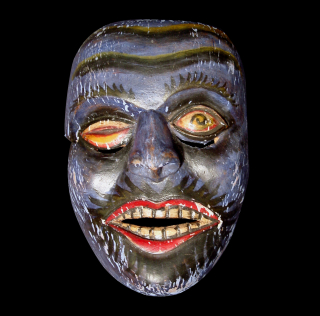
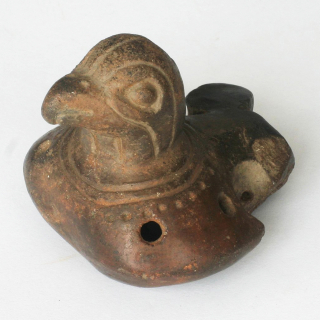
Ancient Egypt
 The Ancient Egypt Collection is one of our most popular exhibitions. The displays explore the funerary rites and beliefs of the ancient Egyptians, and feature three human mummies, individuals who lived in Egypt approximately 2000 years ago.
The Ancient Egypt Collection is one of our most popular exhibitions. The displays explore the funerary rites and beliefs of the ancient Egyptians, and feature three human mummies, individuals who lived in Egypt approximately 2000 years ago.
Join us in demystifying the practices surrounding mummification and preparation for life after death. Admire the various ceremonial and religious objects that accompanied the deceased including amulets, stone vessels, and funerary masks.
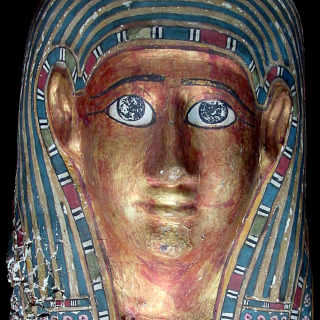
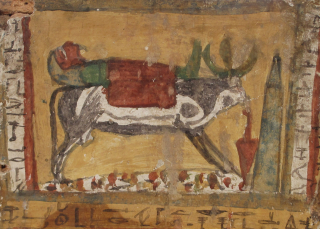
Can you find these?
When you are at the museum, try to find these artefacts! You'll discover so much more along the way!
| Image | description |
|---|---|
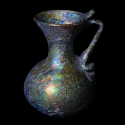 |
Jug, Syria |
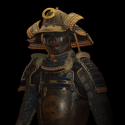 |
Samurai armor, Japan |
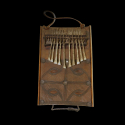 |
Thumb piano, Angora |
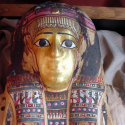 |
Human mummy, Egypt |